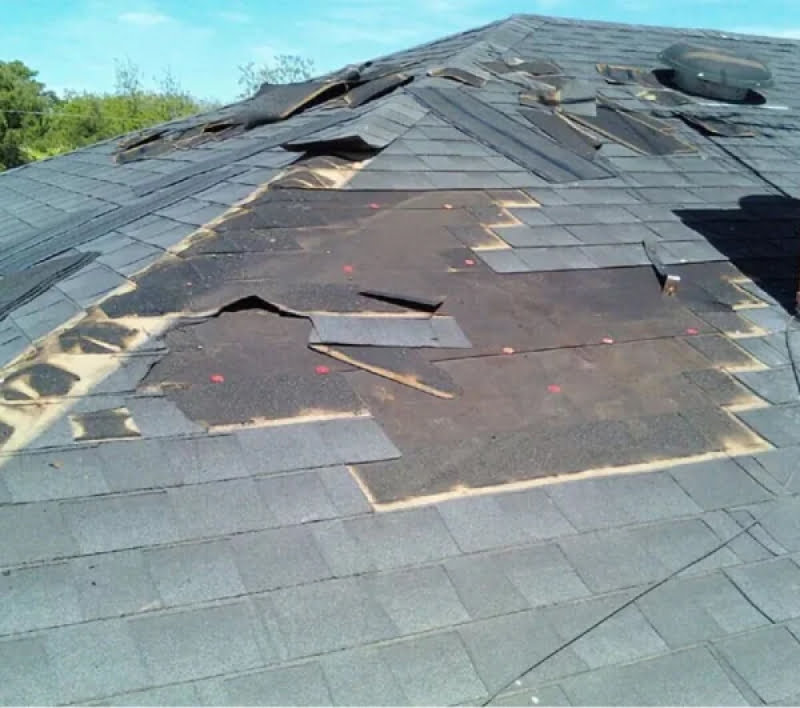Dealing with roof damage can be stressful, especially after a storm or other weather-related event common in Texas. However, knowing how to file a roofing insurance claim correctly can make the process smoother and ensure you receive the compensation you deserve. This comprehensive guide will walk you through the steps to file a roofing insurance claim in Texas.
Step 1: Assess the Damage Immediately
After a storm or significant weather event, it’s crucial to inspect your roof for damage as soon as it is safe. Look for visible signs of damage such as:
- Missing or damaged shingles
- Leaks or water stains on ceilings
- Dents in metal roofing
- Granule loss on shingles
If you’re unsure about assessing the damage yourself, contact a professional Weatherford roofing contractor for an inspection.
Step 2: Review Your Homeowner’s Insurance Policy
Before filing a claim, review your homeowner’s insurance policy thoroughly. Look for key details such as:
- Coverage for wind, hail, or storm damage
- Deductible amounts
- Exclusions or limitations
Understanding your policy will help you determine if the damage is covered and what out-of-pocket expenses you may incur.
Step 3: Document the Damage Thoroughly
Proper documentation is key to a successful insurance claim. Follow these steps to ensure you have everything needed:
- Photographs: Take clear, high-resolution photos of the damage from multiple angles.
- Video Footage: Record a walkthrough of the affected areas.
- Written Notes: Describe the damage, including the date of the event and any immediate actions taken.
Contractor Inspection Report: Obtain a detailed inspection report from a licensed Texas roofing contractor.
Step 4: Contact Your Insurance Company
Notify your insurance company promptly to start the claims process. Most insurers have a 1-800 claims hotline or an online portal. Be prepared to provide:
- Policy number
- Date and cause of damage
- Preliminary damage assessment
Once reported, your insurance company will assign an adjuster to evaluate the claim.
Step 5: Hire a Trusted Roofing Contractor
It’s essential to work with a reputable Texas roofing contractor who understands insurance claims. Choose a contractor who:
- Is licensed and insured
- Has experience working with insurance companies
- Offers detailed written estimates
Avoid “storm chasers” or out-of-town contractors who may not be familiar with Texas-specific regulations.
Step 6: Meet with the Insurance Adjuster
Your insurance company will send an adjuster to inspect the damage. Be sure to:
- Schedule the meeting when you or your roofing contractor can be present.
- Provide all documentation collected (photos, videos, contractor’s report).
- Ask questions about the process and clarify next steps.
Step 7: Receive the Insurance Settlement
Once the adjuster completes their assessment, your insurance company will provide a settlement offer. Review it carefully and ensure it covers:
- Full cost of roof repairs or replacement
- Additional costs like temporary roof coverings (if applicable)
If you feel the offer is too low, you have the right to dispute it. Your roofing contractor can assist by providing additional damage reports or repair estimates.
Step 8: Begin Roof Repairs or Replacement
Once the settlement is finalized, you can begin repairs. Key considerations include:
- Ensure the contractor follows all Texas building codes and standards.
- Keep all receipts and invoices for your records.
- Verify that the materials used match the insurance agreement.
Step 9: Close Out the Claim
After the repairs are complete, your insurance company may send a final inspector to verify the work. Once approved:
- Finalize all payments with your contractor.
- Confirm the claim is officially closed with your insurance provider.
Common Mistakes to Avoid When Filing a Roofing Insurance Claim in Texas
- Delaying the Claim: Texas insurance policies often have a time limit for filing claims after damage occurs.
- Not Documenting Properly: Lack of thorough documentation can result in denied claims.
- Accepting the First Offer: If the settlement seems low, request a second opinion from a contractor.
Hiring Unlicensed Contractors: Always verify credentials to avoid scams.
Final Thoughts
Filing a roofing insurance claim in Texas can feel overwhelming, but following these steps can simplify the process and help you secure the compensation you deserve. Acting quickly, documenting thoroughly, and working with reputable professionals are key to a successful claim.
If you need professional help with roof inspections, repairs, or navigating insurance claims in Texas, contact a licensed roofing contractor who specializes in storm damage roof repair today.






